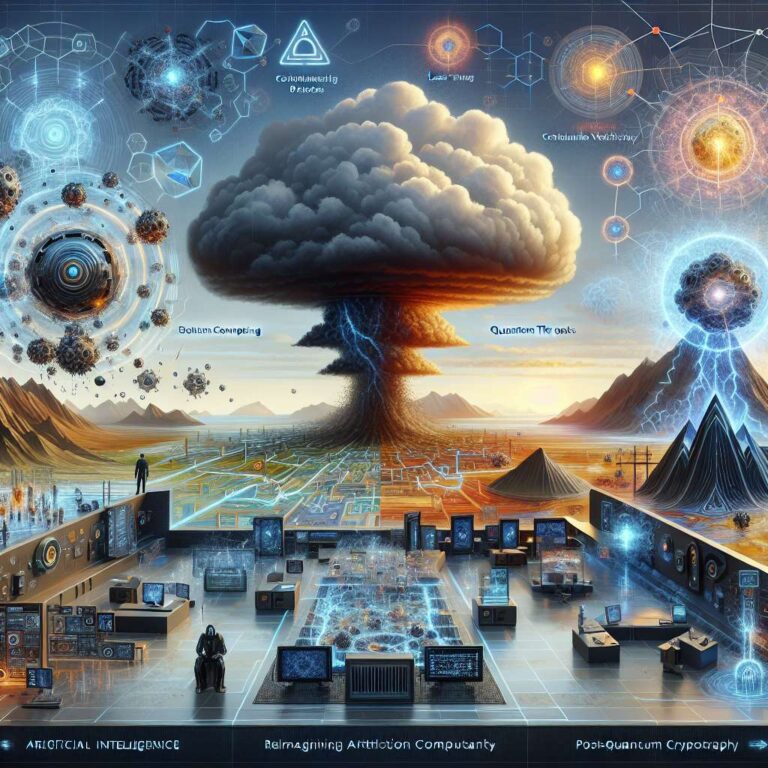Artificial Intelligence and quantum technologies are changing how defenders and adversaries operate, increasing the speed and scale of cyberattacks. The article describes how generative Artificial Intelligence can automate reconnaissance and produce tailored phishing at scale, while voice cloning tools can defeat authentication. Agentic Artificial Intelligence introduces autonomous systems that can reason, act, and adapt, enabling attacks that proceed without constant human oversight and potentially lowering the cost and complexity of sophisticated campaigns.
Survey data and industry perspectives underscore urgency. Nearly three quarters of cybersecurity professionals report that Artificial Intelligence-enabled threats already impact their organizations, and 90 percent expect such threats in the next one to two years. Cisco security executive Peter Bailey argues that defenders must apply Artificial Intelligence to automate detection and response at machine speed, modernize systems, and protect models and data against manipulation such as prompt injection. Nearly 40 percent of companies expect agentic Artificial Intelligence to augment teams within the next 12 months, with use cases including agents trained on telemetry to surface anomalies that humans cannot easily detect.
Quantum computing poses a parallel, longer-term risk by threatening the mathematical foundations of widely used public-key cryptography. The article highlights harvest now, decrypt later attacks in which adversaries stockpile encrypted data to break once quantum capabilities mature. A KPMG survey found that 73 percent of US organizations anticipate quantum-driven decryption threats, while 81 percent admit more could be done to secure data. Technology companies are already testing and deploying post-quantum cryptography, with examples including Apple’s PQ3 work on iMessage and Google’s testing of PQC in Chrome, and Cisco investing in quantum-proofing infrastructure.
The recommended defense posture centers on zero trust, which enforces continuous verification, minimizes access, and confines breaches. Practical steps include inventorying data and keys, rotating weak or outdated keys, planning migration to post-quantum algorithms, and integrating quantum-immune cryptography with Artificial Intelligence-powered analytics to detect complex patterns and automate real-time responses. Early investment and proactive planning are presented as essential to avoid being forced into reactive remediation when these threats materialize.

